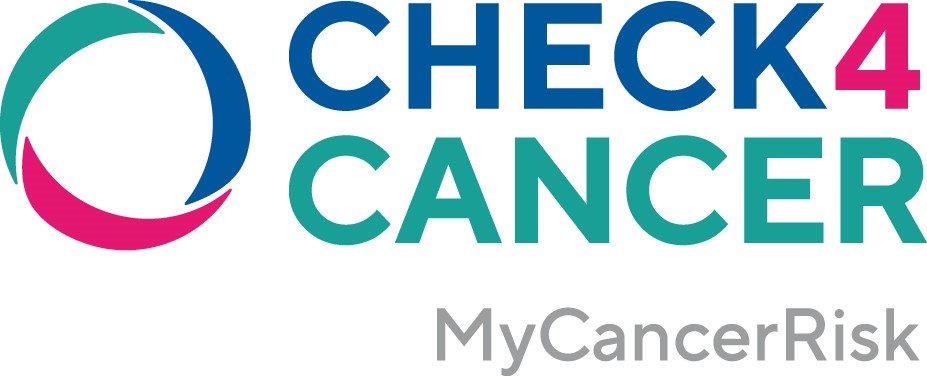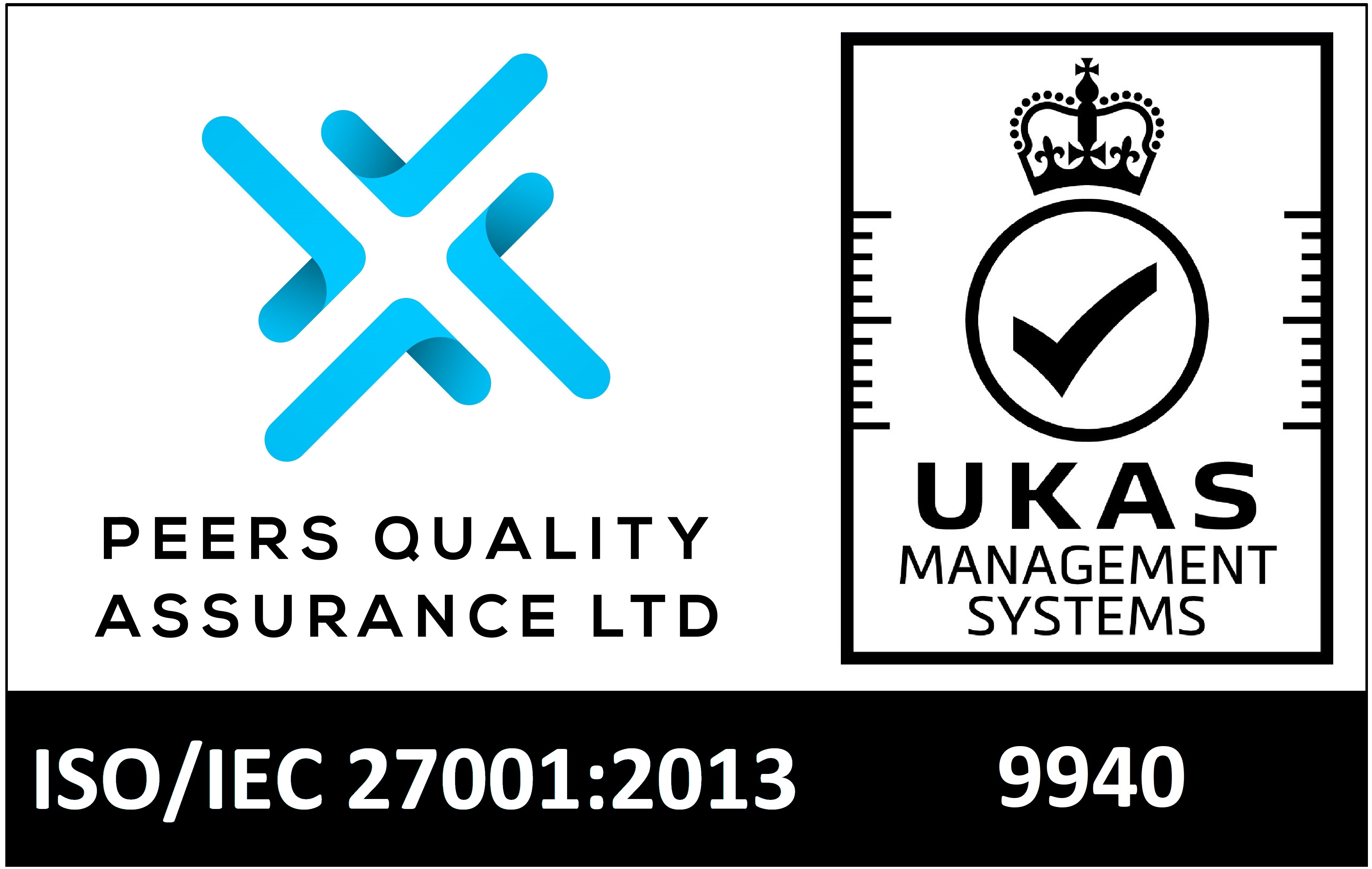Male breast cancer
Usually thought of as a disease seen only in women, male breast cancer is a rare but real risk, most often occurring in men over 60. The disease occurs in the small amount of breast tissue behind men’s nipples. There are about 350 men diagnosed each year in the UK compared to around 55,000 cases in women¹. As with many other cancers, if diagnosed early, men with male breast cancer have a good chance of being cured².
Causes
The causes of male breast cancer are not clear. Doctors know that it occurs when some breast cells divide faster than healthy cells do. The new cells form a tumour that may spread (metastasize) to nearby tissue, to the lymph nodes or to other parts of the body.
Risk factors
Factors that increase the risk of male breast cancer include:
- Older age
- Exposure to oestrogen: For example, from oestrogen-related drugs, such as those used in hormone therapy for prostate cancer
- Family history of breast cancer
- Klinefelter's syndrome: A rare genetic syndrome causing boys to be born with more than one copy of the X chromosome
- Liver disease: Certain conditions, such as cirrhosis of the liver, can reduce male hormones and increase female hormones, increasing the risk of breast cancer
- Obesity: Obesity is associated with higher levels of oestrogen in the body, which increases the risk of male breast cancer
Symptoms
The symptoms of male breast cancer include³:
- A firm lump deep to the nipple
- Oozing (discharge) from the nipple that may be blood stained
- A sore (ulcer) in the skin of the breast
- A nipple that is pulled into the breast (nipple retraction)
- Lumps under the arm
Male Breast Cancer Diagnosis
Check4Cancer’s OneStop Breast Clinic diagnostic techniques used for detecting breast cancer in men are much the same as for women. Clinical breast examination, ultrasound and mammography are all available at OneStop clinics and are suitable for identifying male breast cancer, as is biopsy if required.
Male Breast Cancer Treatment
Treatment typically involves surgery to remove the cancerous breast tissue. Most men diagnosed with breast cancer require mastectomy, often followed by radiotherapy to the chest wall area. Chemotherapy and hormone therapy may also be used following surgery based on the characteristics of the tumour. It should be noted that the exact type of treatment will depend on a number of tumour-related factors, including the size of the tumour, the presence of hormone receptors, and whether the tumour has spread to the lymph nodes. As with female breast cancer, if the cancer is caught in the early stages, a cure may be possible. This is why early detection is important as once the cancer becomes more advanced, the prognosis and survival will be worse, and a long-term cure may not be possible.
Worried about Male Breast Cancer?
If you are worried you may have symptoms of breast cancer or would like further advice, please contact us or arrange an appointment. We can book you in quickly, without the need for a GP referral, and get your results back to you as fast as possible.
References
¹https://www.cancerresearchuk.org/about-cancer/breast-cancer/stages-types-grades/types/male-breast-cancer">https://www.cancerresearchuk.org/about-cancer/breast-cancer/stages-types-grades/types/male-breast-cancer
²https://www.nhs.uk/conditions/breast-cancer-in-men/">https://www.nhs.uk/conditions/breast-cancer-in-men/
³https://www.mayoclinic.org/diseases-conditions/male-breast-cancer/symptoms-causes/syc-20374740">https://www.mayoclinic.org/diseases-conditions/male-breast-cancer/symptoms-causes/syc-20374740




